Yates Account
Join now
Create a Yates account today!
Sign up to join the Yates Garden Club for monthly e-mails packed with seasonal inspiration, tips for success & exclusive promotions.
Plus if you’re a Garden Club member you can take part in the Yates Growing Community - a blog to share successes, get advice & win prizes in fun challenges along the way!

Forgot password
Enter the email address associated with your account, and we'll email you a new password.
Chondrostereum purpureum

What is Silver Leaf?
Prunus trees, including cherries, peaches and nectarines, plums, almonds and apricots are very vulnerable to this aggressive fungal disease.
Silver leaf disease is the reason stonefruit trees are an exception to the usual 'rule' to prune deciduous trees in winter. Instead, stonefruit trees are lightly pruned in summer straight after harvest has finished, to lower the risk of the disease.
Silver leaf also attacks some distant relatives in the Rosaceae family, like apples, pears, strawberries and roses. The fungal spores infect plants through fresh wounds. Because the fungus prefers cool, wet weather, the higher volume of spores produced during winter and early spring increases the risk of infection through pruning cuts.
Symptoms
The leaves take on a greyish-silver appearance, followed by the branch dying off. The silver sheen is caused by a toxin exuded by the fungus, that spreads in the tree's vascular system.
If you cut across an affected branch, there's typically a dark stain visible in the sapwood, from the spreading fungus.
Affected branches always die back and should be cut out and burned. If dead branches are left in place, disc-shaped pale grey and pink-coloured fungal fruiting bodies grow on the outside of the bark in autumn, to produce more spores. The spores are spread by wind or rain splashes.

Silver leaf fungus fruiting bodies on infected wood.
How to Protect Your Plants
Currently, there is no chemical control for silver leaf disease, so a preventative approach is required. Don't prune on wet days, wait for dry weather.
During summer, prune infected branches back to healthy wood. Make certain to cut back well below any visual evidence of infection. Burn the offcuts, or dispose of them offsite.
Seal pruning cuts immediately with Yates PruneTec Pruning and Grafting Sealant.
Clean tools after use on infected trees: wipe the tool blades with either bleach, alcohol wipes or bottled methylated spirits (10%), then rinse.
Plants Impacted
- Cherries
- Peaches & Nectarines
- Plums
- Almonds
- Apricots
- Apples
- Pears
- Strawberries
- Roses
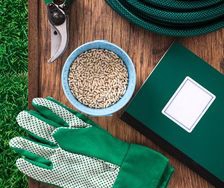
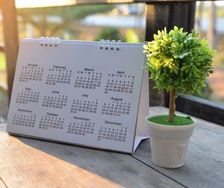
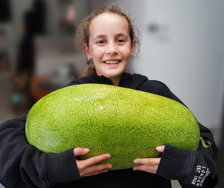
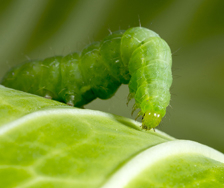
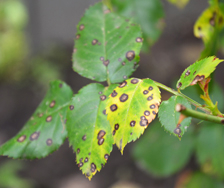
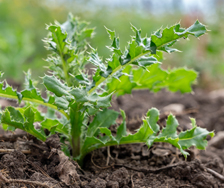
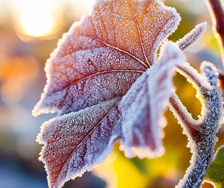







Share
Share this article on social media